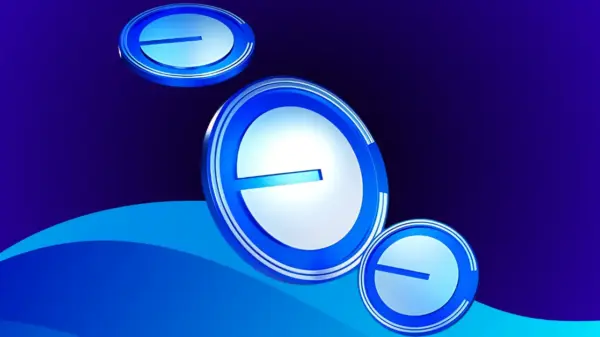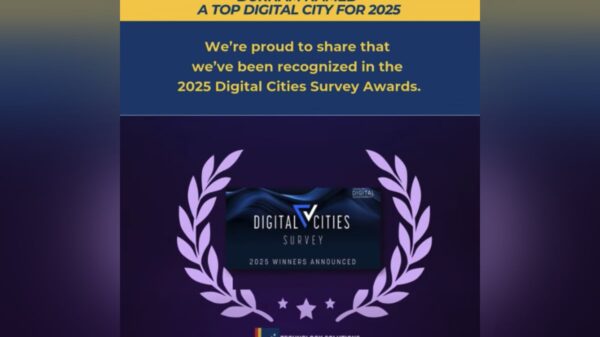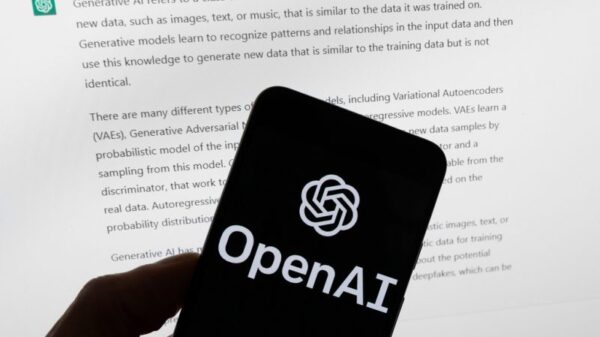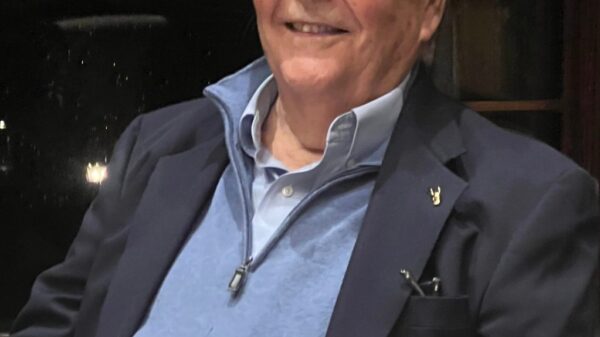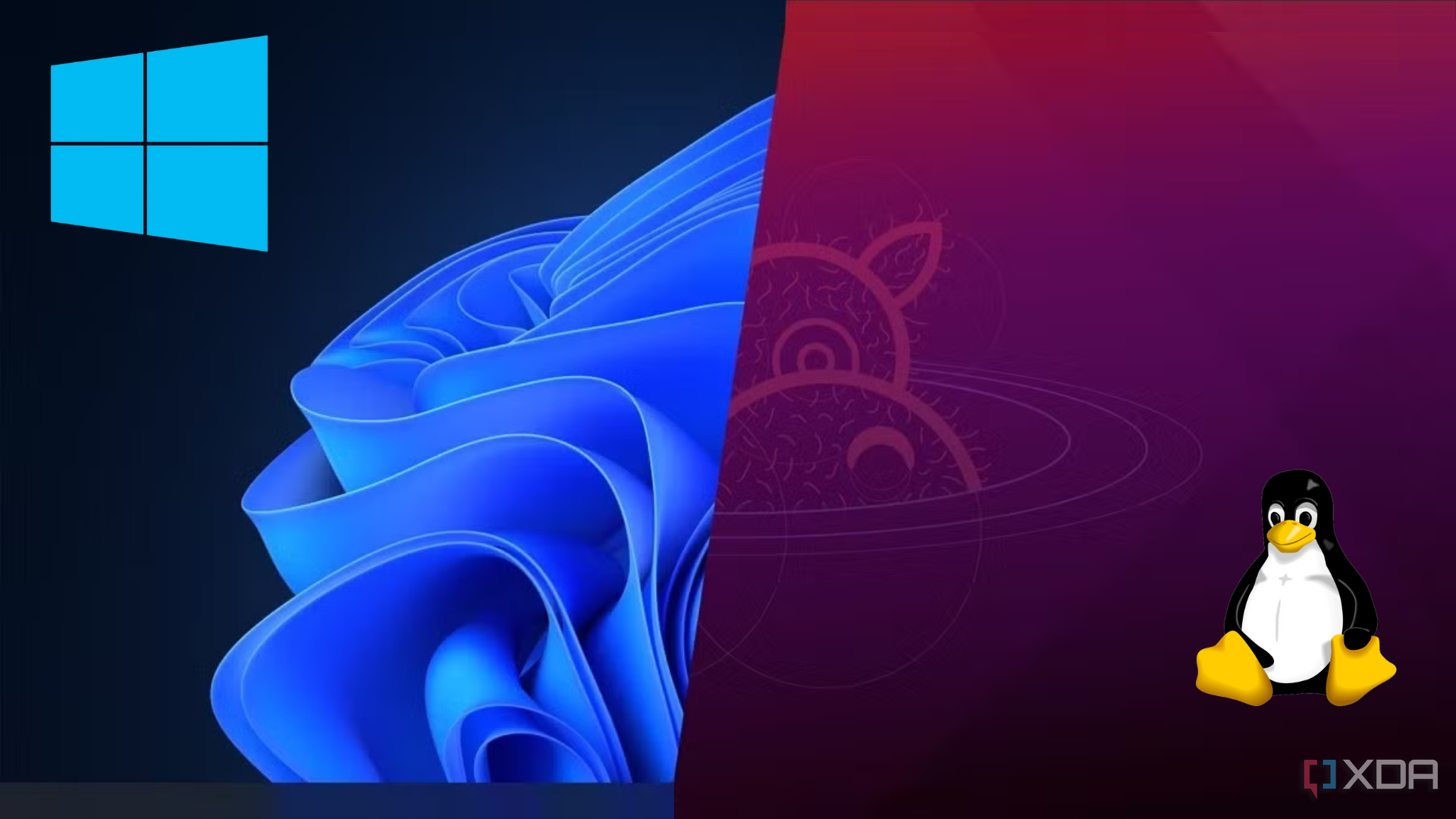Five months ago, a Windows enthusiast ventured into the realm of open-source operating systems by switching to Linux Mint. Initially motivated by curiosity and inspired by the popular YouTuber PewDiePie, this user found themselves using Linux daily, contrary to their expectations. The experience has revealed that many assumptions about missing essential applications and user-friendly interfaces were unfounded.
Application Compatibility Surprises
One of the primary concerns for any user transitioning from Windows to Linux is the availability of applications. The user initially feared that popular programs like Discord, Google Chrome, and the cloud gaming service Shadow would not be accessible. Contrary to these worries, they discovered that most applications they relied on did indeed have Linux versions readily available in the software repository.
The installation process proved straightforward; after searching for the desired applications and clicking download, the transition was seamless. Even for Shadow, which lacked a repository version, a manual download was provided on its website. The only notable exceptions were Paint.net and ShareX. While Paint.net was replaced by Pinta, a simple image editor, the powerful screenshotting capabilities of ShareX were substituted with the built-in tool Spectacle in Fedora KDE Plasma. Although Spectacle does not offer all the features of ShareX, it fulfills the user’s basic needs effectively.
Adapting to Linux’s Learning Curve
The user expressed initial apprehension regarding the learning curve associated with Linux, particularly the reliance on command-line interfaces. Unlike the convenience of Windows, where tasks often require minimal effort, Linux demands more hands-on engagement. Initially, the user relied on online forums and Reddit threads to troubleshoot and execute commands, a method that, while not ideal, fostered a deeper understanding of the operating system’s functionality.
This exposure to the Terminal environment enabled the user to learn about command execution and user permissions, skills that would likely have remained underdeveloped had they continued with the more straightforward Windows experience.
Finding Comfort in Fedora KDE Plasma
Maintaining a dual-boot setup with Windows 10 and Fedora KDE Plasma, the user has logged into Windows only a couple of times since making the switch. They noted that the user interface of Windows may be appealing, yet KDE Plasma offers similar aesthetics without the drawbacks that often accompany Windows, such as intrusive updates and advertisements.
The transition has been so successful that the user has almost forgotten about their Windows installation, occasionally downloading Windows installers out of habit. The comfort level with Fedora has grown significantly, leading to a potential reevaluation of the necessity for Windows in their computing environment.
While the user is not yet ready to completely eliminate the Windows partition, they acknowledge a growing inclination to do so. Future plans may include fully transitioning to Linux once Windows 10 reaches the end of its extended support or after further exploration of alternative operating systems on other devices.
In summary, this five-month journey into the world of Linux has not only expanded the user’s technical skills but also demonstrated that many of the apprehensions regarding application availability and ease of use were largely unfounded. The experience serves as a reminder of the potential benefits of open-source operating systems for everyday computing needs.
















